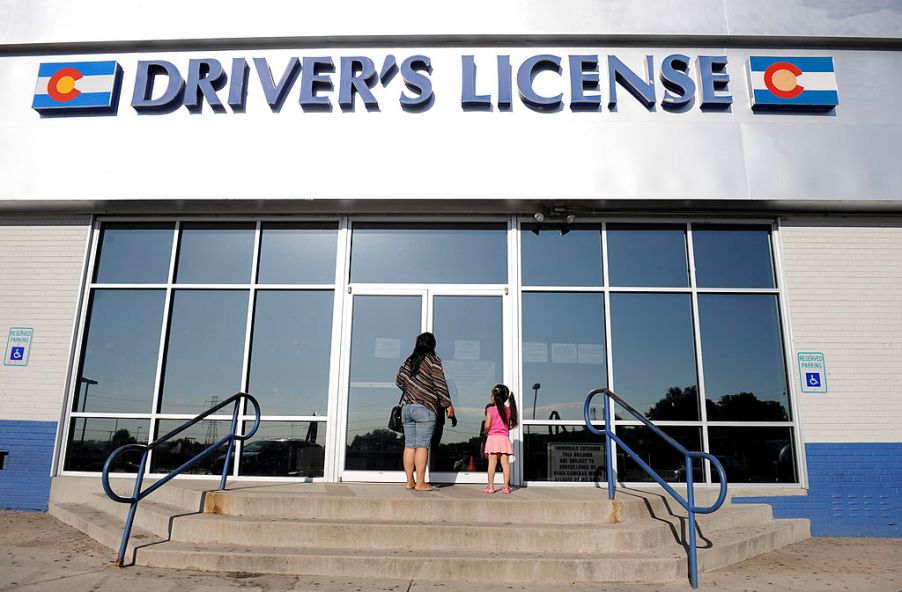
Do You Need a Driver’s License? 5 Reasons Why People Aren’t Getting Them
Getting a driver’s license at age 16 used to be considered a rite of passage and a way to discover freedom behind the wheel of a car. However, this tradition has declined in recent years for all age groups but especially for teens. While there are still times when people need a driver’s license, here’s a look at why they’re less popular and whether you
Declining driver’s license numbers
Currently, 84.6% of Americans have a driver’s license. In a 2016 study, the University of Michigan Transportation Research Institute looked at what percentage of each age group had driver’s licenses in 1983, 2008, 2011, and 2014. They found the rate of driver’s license ownership has declined among all ages starting in 2012.
Between 1983 and 2014, the percentage of people ages 16 through 44 with a driver’s license declined. Some of the biggest drops were among teens. Comparing 1983 with 2014, the percentage of 16-year-olds with a license decreased from 46.2% to 24.5%; 19-year-olds declined from 87.3% to 69%, and 20- to 24-year-olds dropped from 91.8% to 76.7%. Moreover, as of 2017, only 51.7% of 16- to 19-year-olds had a driver’s license. This is lower than for the 85 and older group at 60.8%.
For middle-aged people (45 through 69 years old), researchers saw an increase from 1983 to 2008 but a decrease between 2008 and 2014. Among people 70 and up, there were increases from 1983 to 2008 and again from 2008 to 2011 but a decrease from 2011 to 2014. Their percentages were 55.0%, 78.4%, 79.2%, and 79.0%.
5 reasons for the decline in driver’s licenses
1. Not enough time
The University of Michigan study surveyed people ages 18 to 39 who didn’t have licenses. The top reason people gave was that they were too busy or didn’t have enough time to get a license.
2. High cost
The second biggest reason was that it was too expensive to own and maintain a car. Specifically, Generation Z’s potential drivers are budget conscious, which affects their interest in paying for driver’s education classes and buying a vehicle. Furthermore, new cars have lots of technology, raising not just the purchase price but also repair costs.
3. Access to other transportation
Some people get rides from friends and family. More people are moving to cities with mass transit and tough driving conditions. It’s possible that the growth and ease of rideshare options lessen the need for a driver’s license, too. While teens can’t use Uber and Lyft, many do anyway.
4. Less driving
Driving in the U.S. is also on the decline. A 2018 study by the University of Michigan found that distance-driven rates per person and household peaked in 2004. Total distance per person decreased by 9% between 2004 and 2013.
Both measures are up slightly since the low in 2013. Moreover, the decrease may be due to increases in online shopping and socializing as well as telecommuting. Going to the mall isn’t a trend for teens these days.
5. Lower rates of vehicle ownership
People may not get a license because they don’t have a car. The 2018 study showed vehicle ownership rates per person and household peaking in 2006. Both measures dropped to their lowest in 2012 and 2013 and are up slightly since. People are delaying purchasing their first car. The average age of new car buyers has increased to about 53, reports the Federal Reserve.
When is a driver’s license still important?
There are still times when having a driver’s license is necessary or at least helpful, which is probably why people with driver’s licenses are still the majority. In 2013, 22% of survey respondents without a driver’s license said they never planned to get one, but 69% did plan to get one within five years.
If you plan to drive, then you will still need a driver’s license. While there are other forms of identification, like a passport, a driver’s license is useful for showing you’re an organ donor, buying tobacco or alcohol, getting into clubs, or boarding planes.



